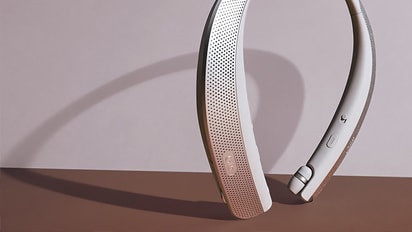-
TUB WALLS ARE WET but dishes are dry.
When the walls of the tub are wet and the dishes are dry, this is a normal condition of the environment. The tub can cool faster than the dishes, allowing moisture to condense on the walls during the dry process.
-
PLASTICS ARE WET but everything else is dry
This is actually quite normal. To conserve energy, the unit uses the heat retained in the dishes to aid in the drying process. Plastics do not retain heat as ceramic, glassware, or even metal, so plastics will cool down faster. This will result in water remaining on these plastic items.
-
EVERYTHING IS WET! plates, glasses, pots, etc.
-
Are you using a separate detergent and liquid rinse aid in the dispenser, or a combined (all in one) tablet?
Seperate Detergent & Rinse Aid Combined Tablet/PackNot using Rinse Aid at all -
Good!, look at the display on the unit. Is Rinse Aid Indicator is lit or blinking?
Yes No -
You may require more rinse aid than the tablet or pack is providing, as it is a set amount.
It is also possible that it could be dissolving too early. Increase the rinse aid amount by adding a liquid rinse aid to the rinse aid dispenser and setting the dial to 1 (the lowest amount to dispense).
You may increase the setting on the dial to increase the amount of rinse aid used in the cycle. This will aid in the drying process.
-
Rinse aid enhances the drying performance of the dishwasher, so we would recommend adding this to your cycle. If you wish not to use a rinse aid, the drying performance will be decreased.
-
Rinse aid increases the drying performance of the dishwasher. Refill the rinse aid and see if that corrects the condition.
-
The rinse dispenser setting may need to be increased. Turn the dial up to the next setting and see if that corrects the condition.
Important
-
A rinse aid is essential for opimal drying results. If the rinse icon is blinking, refill the rinse aid.
-
If the model is equipped with "Extra Dry", add this option.
-
If running the dishwasher at night, with the intention of leaving it all night, add the "Night Dry" option.
-
You may also find it beneficial to add a "Sanitary Rinse" to the cycle, which will heat the dishes up more than the standard heated rinse. This will result in the dishes being hotter at the start of the dry cycle and taking longer to cool off, which will enhance the drying performance.
-
In addition, be sure to open the door at the end of the cycle (but not before the drying process is complete). This will allow remaining humidity to evaporate into the room, preventing it from condensing inside the unit and on the dishes as it cools downs.
-
If none of this improves the drying performance, run a regular cycle and once it reaches the last thirty minutes of the cycle (the dry cycle) place your hand at the bottom, left side of the door. This is where the vent is located. If you do not feel airflow, then the unit will require service. Please visit our Request a Repair page.
-

Sanmi is a Home Appliance expert and author of this help library article. Please leave him feedback below about the page.












